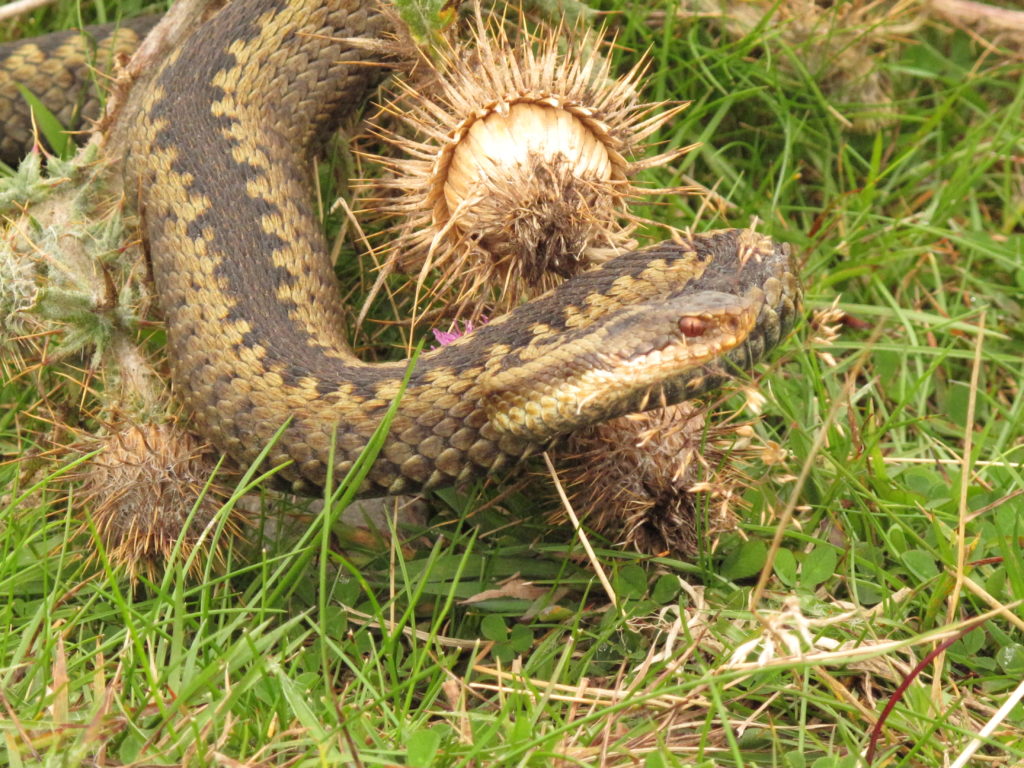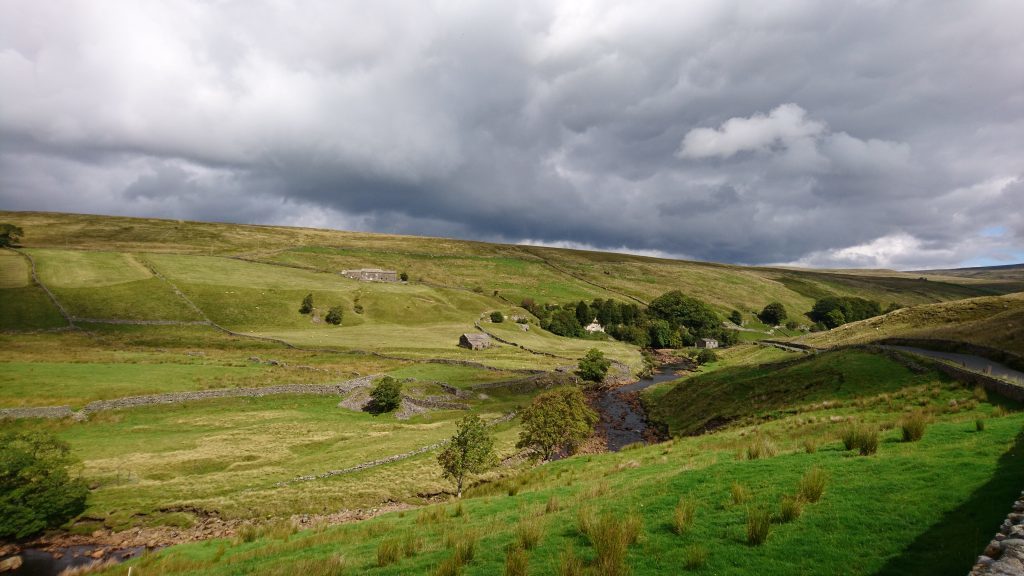News
Hay meadow restoration
5 December 2024
Hay meadow restoration in Tees-Swale
Teesdale and Swaledale are widely acknowledged to possess the finest concentration of species rich upland hay meadows anywhere in the UK. This is one of the rarest grassland types in the UK with recent estimates indicating that there are less than 950ha left, of which 350ha (around 40%) are in the North Pennines National Landscape.
Through the Tees-Swale: naturally connected programme we aim to restore and enhance 225ha of areas of high botanical diversity including upland hay meadows, steep uncut banks, species-rich road verges and other grasslands through the addition of green hay, plug plants or physical management.
Throughout June and July the Farming & Nature Officers and Trainees supported by volunteers have been working with farmers to undertake hay meadow assessments to inform this year’s restoration and enhancement activity.
The initial assessment involved undertaking walk-through and quadrat surveys to identify species-rich donor sites and provide a baseline against which any restoration and enhancement work can be monitored. Suitable donor sites were either marked out for green hay harvesting or visited regularly throughout late July to collect seed which will be used to grow individual plug plants.

Seeds collected for growing on will be nurtured by volunteers and planted out late next year in areas with low weed burden and low fertility. Farmers have agreed not to graze these sites for at least seven weeks to allow time for the plants to take root. Typically, they will be planted into meadow edges and steep banks to increase floristic connectivity between sites.
As with seed collecting, timing is critical in green hay restoration. The species-rich donor sites need to be harvested by farmers and contractors just as they are shedding seed and quickly spread on the donor sites allowing the seed to drop. It is important to match the donor and recipient sites to ensure the correct species are being transferred.
Grassier meadows (phase one restoration) are spread with green hay containing wildflowers such as yellow rattle, eyebright, red clover, lesser trefoil, self-heal, changing forget-me-not, ribwort plantain, meadow buttercup and fine-leaved grasses. Meadows are enhanced (phase two enhancement) by spreading green hay containing wildflowers such as pignut, rough hawkbit, autumn hawkbit, ragged robin, wood crane’s-bill, great burnet, globeflower, devil’s-bit scabious and fine-leaved grasses.

By maintaining the traditional low intensity management of upland hay meadows and selective restoration it is hoped that there will be an increase in botanical diversity, pollinators and habitat connectivity on a landscape-scale.
Restoring and maintaining species-rich grasslands not only impacts local habitat connectivity but also influences the wider landscape, placing our work within the national and international contexts of linking to multiple ecosystem services (i.e. pollination services and carbon storage), natural capital, payments for public goods, Defra policies and climate regulation.
Sign up to our newsletter to hear more Tees-Swale related news and events.
Tees-Swale is funded by The National Lottery Heritage Fund and led by the North Pennines National Landscape in collaboration with the Yorkshire Dales National Park Authority.













